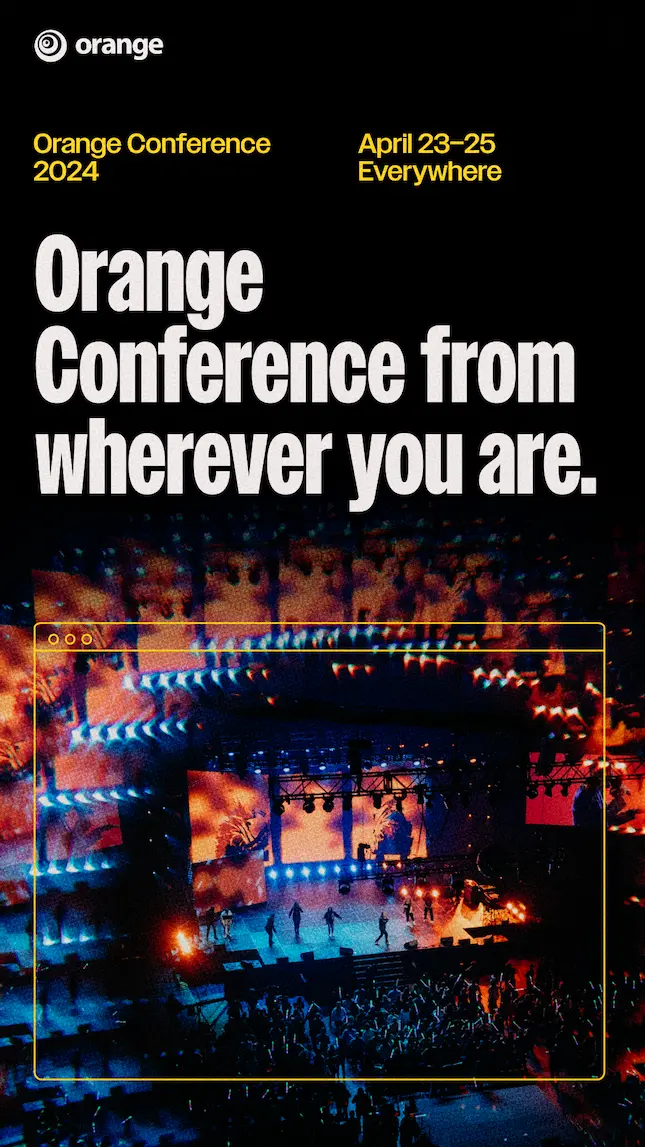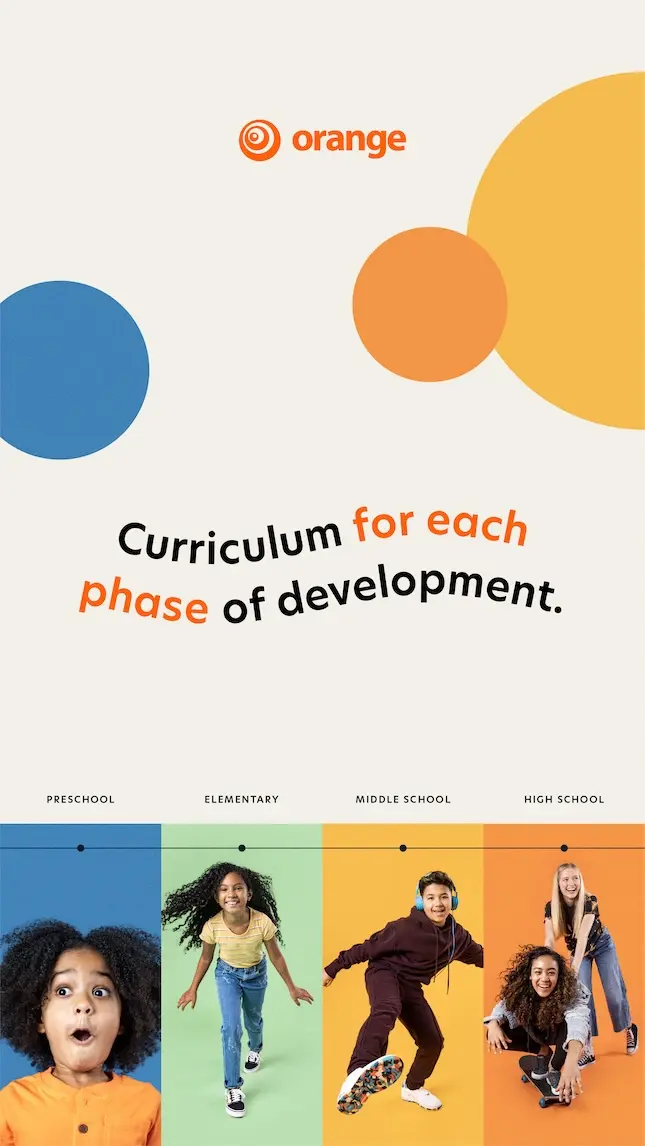Two words
What’s the most anticipated part of 2020? Is it a new year and a new decade? Or is it . . . get ready . . . the 2020 United States Census and all the statistics. One may even geek out and say: “Oh, the change we’ve seen in the last ten years!”
Alright, yes, that was a bit of sarcasm—especially for me because I used to shudder at hearing the word statistics and trying to make sense of it all.
Then there’s another word that may make one cringe: diversity. A topic that naturally comes along with those unwieldy census numbers—trying to show us what our world now looks like.
Over time, I learned that those two words, statistics and diversity, can actually be powerful when used for our marching orders—the Great Commission and the commandment to love God and to love our neighbor as ourselves.
Those two words that can make us so uncomfortable, instead present us with what it’s really about: a better understanding of the communities we live in so we can serve and reach them more effectively.
This insight allows us to do two things:
- We can redefine statistics as seeking, listening, and understanding. By our efforts to proactively seek information (such as census data) and actively listen to those in our community, we fight for an understanding of what loving our neighbor really looks like for them.
- We can reframe diversity as more than a racial topic. In a world where more and more people are embracing and celebrating their differences, where the concept of a “family unit” is unique, and where relationships are constantly evolving—it’s more evident than ever that connection requires more intentionality on our part.
So how does redefining statistics and reframing diversity help us in understanding, connecting, and caring for our community?
They help us ask the right questions.
At the start of any football, baseball, or basketball season, fans and sports commentators love talking about the new team members. Just as every team member affects how the team functions, communicates, and plays together, a new team member changes that up.
Yeah, it’s easy to say that 2020 is different from 2010, but having an understanding of how it’s changed can help us ask better questions about exactly who our community is.
How has the majority of family or household structures in our zip code changed? What are the stories and backgrounds of the families that have been building the community? Diversity statistics help us to better understand our community by asking the right questions about them.
Perhaps it may be a way of helping us reflect on the impact of our decisions in the past ten years. And that can lead to the question: How can we better embrace and celebrate those in our community in the future?
They help us make better decisions
When getting to know someone, there’s nothing like that moment when you both say: “Oh, wow! I enjoy baking too!” or “Yeah, I totally love that sports team as well!”
As a leader, getting a better understanding of the who in our community helps us get better at connecting with our community. It’s a way we can lead our teams to be proactive at creating environments and building relationships that can make our ministries more personal and specific to our communities.
Diversity statistics help us to be intentional in how we communicate—the words, phrases, and messages we use—from the stage to the hallways and in our conference rooms. Stronger connections for families in our community happen when they’re represented, both in their church leadership and in the decisions that are made.
They help us listen and respond
Imagine saying to a hungry friend: “Oh, you haven’t eaten? Here’s a gift card for a hardware store down the street.”
Obviously this is an extremely unlikely scenario, but it represents a warning of how not understanding our community wastes an opportunity to be both specifically kind and effectively helpful.
By both listening to and being proactive in knowing our unique communities, we can be more strategic and intentional in supporting, caring, and being advocates for our neighbors. We often overlook statistics as a part of the diversity conversation, but they help give us a frame of reference to listen and respond.



